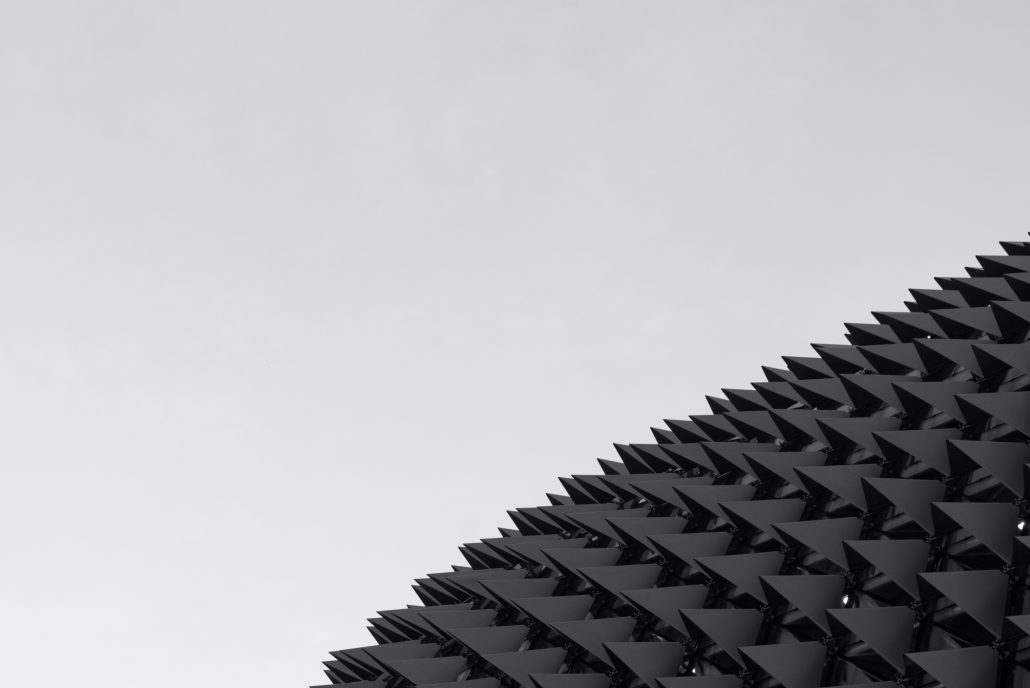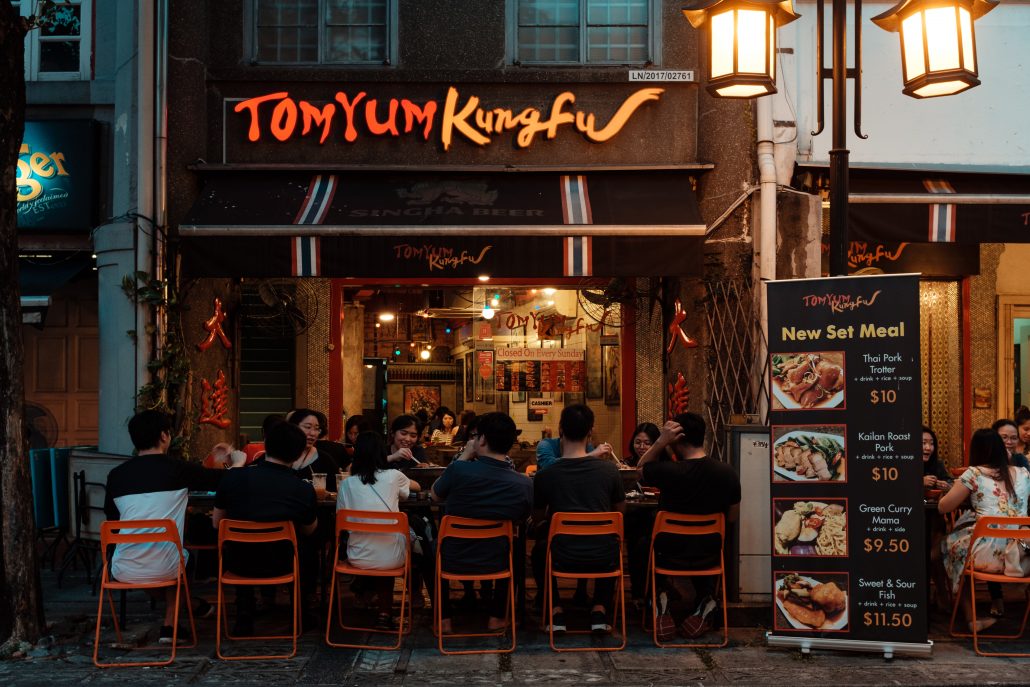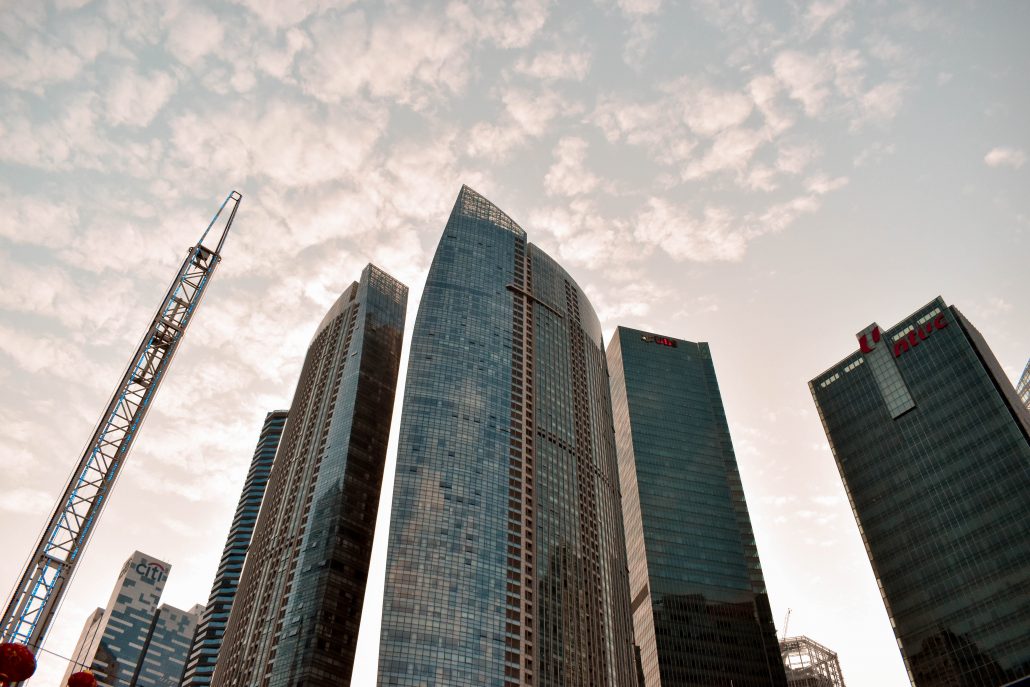As Singapore sets her sights on the careful reopening of her economy today, it is a good time to look back at how Singapore has braved the last 140 days, and even reflect on what could the future be. Since the first detected case of COVID-19 on the 31st of January 2020, Singapore has undergone massive reforms brought about by legislative changes under the Infectious Disease Act. COVID-19 shook foundations around the world, a virus worse than SARS in 2002. In this article, we will be doing a quick overview of what has happened in the last 140 days and provide you with some insights on what could be of Singapore’s new normal!
What has happened in the past 140 days…
Singapore enacted the first ‘lockdown’ in the form of the Circuit Breaker on the 7th of April 2020, when daily new cases in the community were seeing increments in the hundreds. Under this initiative, businesses across all sectors and families across all backgrounds were impacted.
The economy was put on timeout with the legislation stating that Work-from-Home (WFH) was made mandatory for all businesses in non-essential sectors. Unlike in 2002 during the SARS outbreak where most businesses were left with no options, technological advancements today promoted and allowed for most enterprises to continue with business as usual with minimal hassle.
However, certain sectors were impacted significantly such as the construction and renovation industry. With foreign workers placed on isolation due to large spikes arising from dorm facilities, the affected sectors were ground to a halt. Another legislation under the Circuit Breaker initiative was the inhibition of dining-in at F&B outlets. This meant that all F&B businesses had to seek alternative forms of surviving, with the majority eventually turning to food delivery by either delivering on their own or joining up with partners such as Grab and FoodPanda to keep up. Certain F&B companies, such as those selling beverages, as well as retail stores which were not considered essential were made to roll down their shutters throughout the entire period, and even throughout Phase 1.
While the introduced legislations definitely posed as a challenge to the majority of businesses in Singapore, the government made sure to provide a helping hand in the form of monetary reliefs and payment deferments via the 4 main budgets. On the bright side, businesses who were able to survive this challenge can look forward to better days ahead as Singapore begins to reopen her economy and citizens are once again allowed back on to the streets, albeit in controlled numbers!
Socially, the Circuit Breaker prevented individuals across households from meeting for social purposes. For the first time in history, Muslim families were unable to conduct their yearly gatherings to celebrate Hari Raya Puasa with their loved ones from extended families and friends. But this did not stop or dampen the mood for celebration as citizens turned to video calls to reunite and rekindle with the ones they love. Laws were also introduced to mandate the donning of masks at all times outside of one’s house as well as keeping a 1-meter safe distance from others. As Phase 2 begins, friends and families can once again meet in person, but ensure that they are kept to 5 at one time!
But what will the new normal be?
Until a vaccine is found, COVID-19 seems to be a longstanding battle Singapore would have to face. Certain protocols and ways of life implemented during the Circuit Breaker may have to stay for a while. Some of these include WFH being the default mode of work across all businesses where possible. This could shake things up for the real estate industry!
With more workers telecommuting remotely, businesses are eventually starting to realize the potential cost savings from rental costs. With fewer workers needed in the office, businesses may choose to reduce lease tenures of rent for smaller office spaces. With aggressive advancements in technology, businesses of the future could be 100% online without the need for any physical space and CBDs could lose its function altogether!
Another change that the world could see would be the way we live and play. Prior to the COVID-19, one of the ways in which we sought entertainment comprised of shopping sprees and watching movies. During the pandemic, all entertainment hubs and retail stores were shut, with individuals turning to alternative forms of consuming entertainment. For example, shopping before COVID-19 was often associated with going to physical shops, such as H&M, Sephora or ToysRUs! During the pandemic, mall-goers turned to online shopping which offered the cheapest deals and better yet, included delivery right to your doorstep.
This could reshape the way we shop and live. Change would also be seen in the way we play. In the heart of the pandemic, movie-streaming platforms seek a massive spike in subscriptions. Netflix reported a whopping 16 million increase in subscriptions during the pandemic. For a fixed monthly payment fee, subscribers are entitled to unlimited screen time to all the movies they fancy. This may eventually eat away at profit levels of movie screening companies.
As Singapore moves into Phase 2, we are now stepping into a new era and a new normal. With the perseverance and grit displayed in Singaporeans throughout the Circuit Breaker period, we are confident that Singapore will step into a new arena and emerge just as victorious and successful at the end of the day. Stay safe and stay strong, Singapore!
Want to find the best mortgage rate in town? Check out our free comparison service to learn more!
Read more of our posts below!




